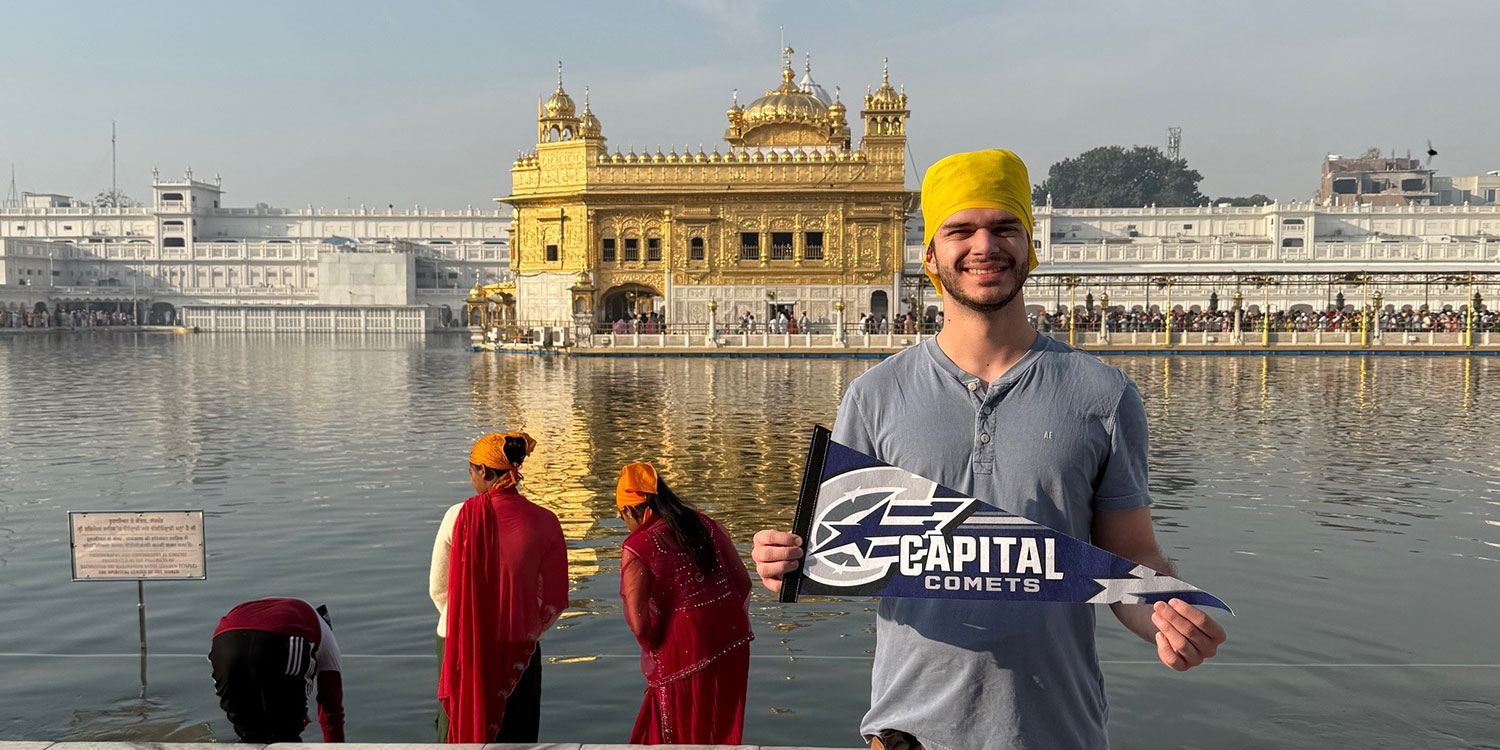April 25, 2025
From Columbus to Punjab: A Life-Changing Journey in International Student Teaching

I have spent the past four weeks at a small private school in rural India, outside the city of Ludhiana, Punjab. My journey here began one year ago when I decided to enroll in an intercultural education class. The course was designed to prepare students for student teaching abroad. However, I initially chose it mostly because it fulfilled two graduation requirements in one class.
As the semester progressed, I became increasingly serious about the idea of student teaching internationally. The professor, Dr. Olga Shonia, arranged for staff members from across the university to meet with us and discuss everything from the application process to finances. A few weeks into the class, I decided that I wanted to travel to India to experience its diverse culture and rich history firsthand, and to eat as much Indian food as physically possible. Dr. Shonia helped me connect with professors from the region I planned to visit, as well as a former student who had previously student-taught in India. By the end of the course, I was confident that this was the path I wanted to pursue.
On March 15, 2025, following nine weeks of student teaching at a local high school in Columbus, I departed for India. The school year here begins in early April, so I arrived during the academic break. That didn’t mean I wasn’t busy. I was actively involved in professional development, planning, and cultural exchange. I even got to attend a wedding during my first weekend at the placement!
I traveled throughout the Indian state of Punjab, from the border with Pakistan to Chandigarh, the state capital. The highlight of these first two weeks was my visit to the Golden Temple. The Golden Temple is the Sikh equivalent of Vatican City for Catholics. Practicing Sikhs and curious travelers alike come from around the world to visit Sikhism’s holiest site. I was fortunate to be accompanied by two Sikh colleagues, who graciously explained the history and significance of the site during our visit.
The school year has gotten off to a great start. Drishti, my placement school, is a pre-K through 12th grade English-medium school, so nearly all of the students in my classes are fluent in English. I’m currently teaching the equivalent of 8th and 9th grade English and Social Studies, and I’m having a blast. The students at Drishti are incredibly smart and deeply curious about the world. They’ve been asking me so many questions that some have even started handing me written lists to answer during class.
While I’m having fun, I’m also learning a great deal about the Indian education system. Unlike the U.S., India has a strict national curriculum. After 8th grade, students nationwide follow the same textbooks and learn the same material. Although this standardized approach makes differentiating instruction more difficult, navigating that challenge has helped me grow as an educator.


If I had one piece of advice for any education student considering the International Student Teaching Program, it would be this: go for it. Capital University offers thousands of dollars in scholarships each year and opportunities to teach in countries around the world. If you’re curious about how education works across the globe, take the leap. I promise you won’t regret it.
To learn more about the School of Education at Capital, visit https://www.capital.edu/academics/education/.